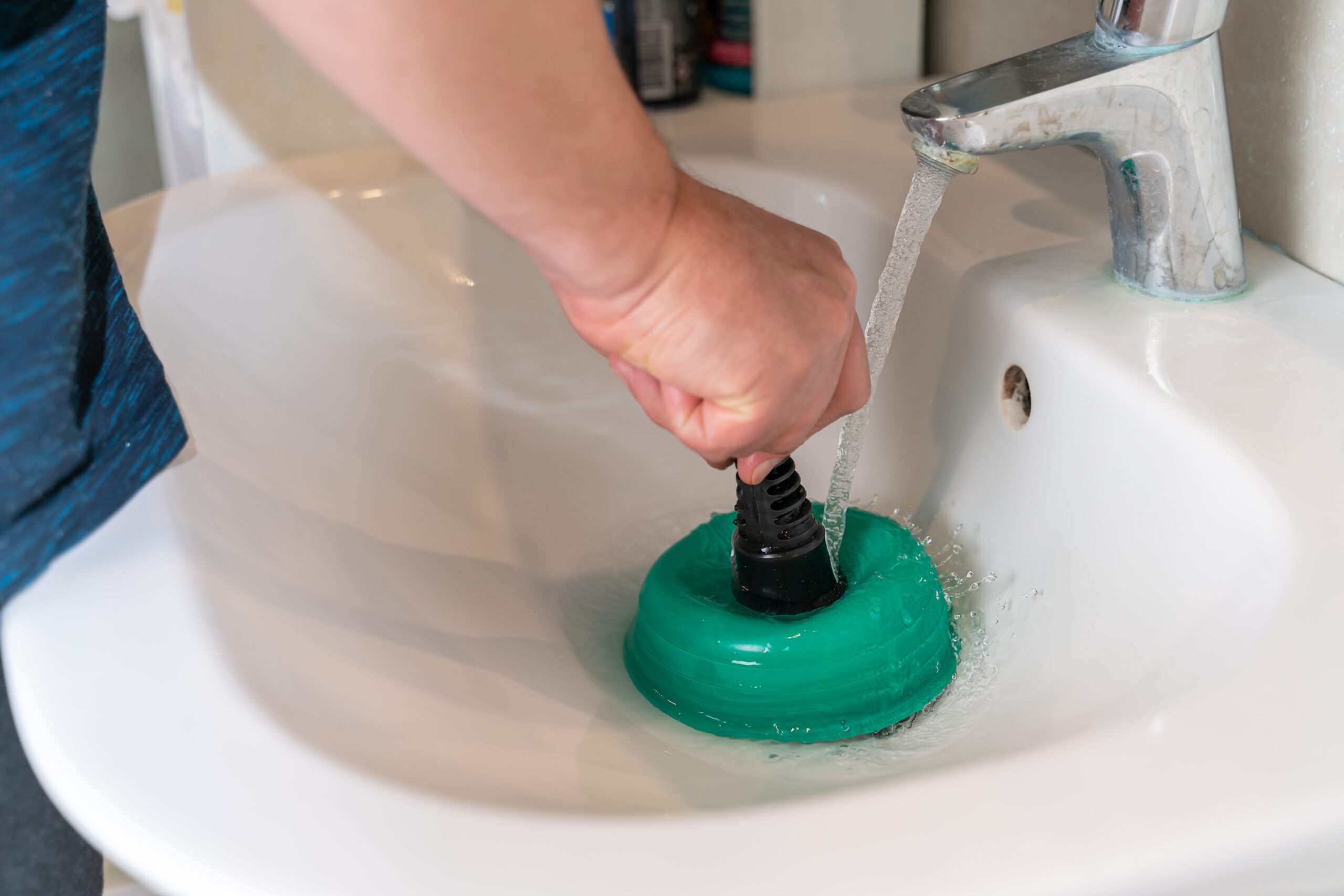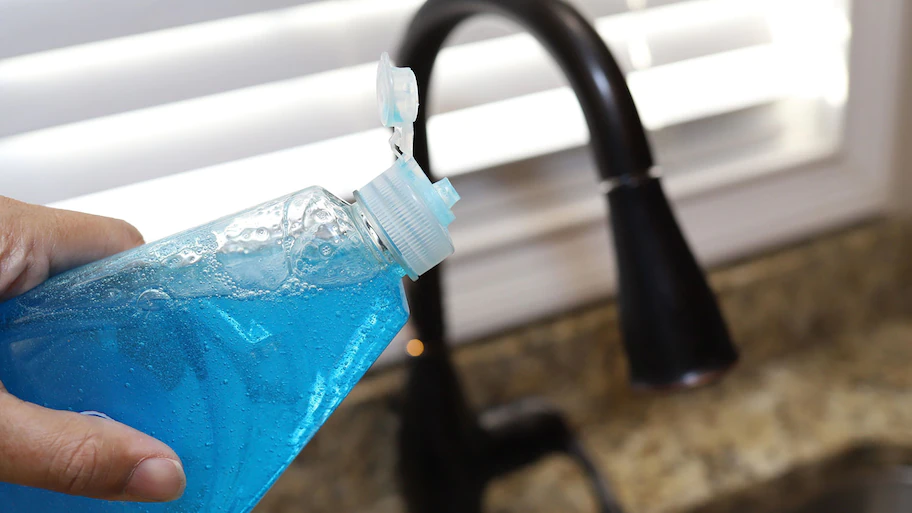Measures to Implement for Addressing a Blocked Drain Prior to Calling Plumbing Experts
Measures to Implement for Addressing a Blocked Drain Prior to Calling Plumbing Experts
Blog Article
What're your ideas regarding What I learned from trying to deal with a clogged drain?

Intro
Handling an obstructed drainpipe can be a discouraging experience, disrupting daily tasks and possibly creating damage to your building. However, prior to connecting to pipes experts, there are steps you can require to attend to the concern on your own. In this overview, we'll discover do it yourself options and preventive measures to deal with an obstructed drain properly.
Determining the Issue
The very first step in dealing with an obstructed drainpipe is identifying the indicators. Sluggish drain, gurgling audios, foul odors emanating from drains, or water backing up are common signs of an obstructed drain. Determining these signs early can assist prevent even more issues.
Choosing the Right Pipes Service
When choosing a pipes service, take into consideration variables such as experience, licensing, and client reviews. Pick a reliable plumbing technician with a track record of quality craftsmanship and clear prices techniques.
Cost Factors to consider
The price of specialist drain cleaning company can vary depending on the severity of the clog and the plumbing technician's prices. Demand quotes from several carriers and inquire about any additional charges to make sure transparency and stay clear of surprises.
Safety Precautions
When trying do it yourself drain cleansing, prioritize security. Put on protective gloves and glasses to avoid contact with harmful chemicals or microorganisms. Never mix different drain cleaning products, as this can produce harmful fumes.
Case Researches
Real-life examples highlight the effectiveness of DIY solutions and the significance of prompt professional intervention in fixing drain clogs.
Typical Causes of Blocked Drainpipes
Recognizing the factors that add to drain blockages is vital for reliable resolution. Usual offenders consist of hair, soap scum, oil, food debris, and foreign items like sanitary products or paper towels. Tree roots attacking below ground pipelines can also create significant obstructions.
Do it yourself Solutions
For minor blockages, several do it yourself solutions can be effective. Pouring boiling thin down the drainpipe can aid liquify grease and debris. Sodium bicarbonate and vinegar or a mixture of salt and baking soft drink can act as natural cleansers. Using a plunger or plumbing serpent to dislodge obstructions is one more choice.
Devices and Devices
Having the right devices handy can make DIY drainpipe cleaning up a lot more reliable. A bettor is a functional device for getting rid of clogs in sinks, toilets, and showers. A pipes snake or auger can get to deeper obstructions, while drain cleansing chemicals can be used meticulously for stubborn blockages.
Preventive Measures
To stay clear of future clogs, embracing safety nets is critical. Set up drainpipe guards or strainers to catch hair and particles prior to they go into the pipelines. Consistently flush drains pipes with hot water to dissolve grease accumulation, and stay clear of taking care of grease or solid waste down the drain.
When to Call a Specialist
While DIY services can solve small obstructions, particular signs suggest the need for specialist aid. Persistent clogs, foul odors regardless of cleaning initiatives, or several drains pipes backing up all at once are warnings that warrant experienced intervention.
Verdict
By adhering to the ideas outlined in this guide, you can properly tackle obstructed drains pipes and protect against future plumbing concerns. Whether opting for do it yourself solutions or seeking professional help, timely action is crucial to keeping a healthy and balanced pipes system and maintaining the integrity of your home.
How to Clear a Clogged Drain Yourself (And When to Call In the Professionals)
What Can Clog a Drain
Dirt Skin flakes Hair Grease Soap scum Food Offset pipes Tree roots Small objects Mineral buildup DIY Tricks to Unclog a Drain
You can fix this! Once you have identified the source of the clog (or have a vague idea), you can try one or a combination of these fixes in order to clear your plumbing.
Wire Hanger or Snake
Untangle and clear out hair from a drainpipe with a homemade snake. Use a straightened-out wire hanger with a 90-degree angle hook to locate the clog and drag out any unwanted material.
Remember not to push the clog further down to where the wire hanger cannot reach! If you need to follow up with a plunger, give it a try. Your efforts might be more successful after it’s been wire-snaked.
If you want to get fancy and don’t have a wire hanger to spare, head to the store and pick up a hand-operated drain snake. You can get one for $10-$30. It may save you the hassle, and provide additional length to reach deep into the clogged pipe.
Plunger
A cup plunger has a suction cup attached to a wooden handle. The rubber creates a seal around the drain, and increases the pressure force of the plunger.
Plunge for 30-second increments to loosen the clog. This may need to be repeated over the course of 15-20 minutes. Once plunged, run the water to flush the remaining material out of the drain.
Remember– never use a plunger if you have used a chemical drain cleaner. These chemicals can splash up from the force of the plunger and cause serious injury or burns.
Boiling Water
Hot water can sometimes break up materials into a flushable amount. Dirt, grease, and soap buildup requires heat in order to unstick from surfaces.
Take your kitchen kettle and heat your water to a boil. Once it reaches a rolling boil, pour it directly down the drain into the blockage. Carefully follow with plunging, if necessary.
Don’t worry if this takes more than one try! It can often take multiple kettles and repeated plunging in order to clear a particularly stubborn clog.
Chemical Drain Cleaner
As a last resort, pick up a bottle of chemical drain cleaner. Drain-cleaning chemicals are potent, and not very good for the environment.
You may need to wear protective eyewear in gloves before handling your bottle of chemical drain cleaner. Follow the instructions printed on the bottle, and flush with water as soon as the instructions allow. Do not follow with plunging.
Baking Soda and Vinegar
As a safer alternative to chemical drain cleaner, baking soda and vinegar can create a chemical reaction that clears tough clogs.
Combine one cup of cleaning vinegar with one cup of boiling water, and set aside. Once you have done this, pour half a cup of baking soda down the drain. Give the baking thirty seconds to settle and cover a large portion of the problem drain.
Following the baking soda, pour down your vinegar and hot water solution. Once the vinegar and baking soda combine, the mixture will bubble and fix. Let this reaction fizzle in the drain for about an hour.
After an hour, follow with a kettle’s worth of hot water. The heat and liquid should flush out any remaining material.
When to Call a Plumber
If your DIY attempts haven’t cleared your clog drain, it’s time to call in a professional. It’s not worth losing access to your kitchen sink or high-traffic bathroom. A clog in a vital area can keep you from the things you’d rather be doing, and derail your routine.
Anytime a clog is causing water to spread is a time to call in a plumbing service. What starts out as a little bit of water can quickly grow into serious, expensive water damage.
Additionally, a serious clog can result in burst pipes or serious leaks. Make sure you know when to take it seriously!
https://myguysnow.com/how-to-clear-a-clogged-drain-yourself-and-when-to-call-in-the-professionals/

We hope you liked our topic about Some easy tips to fix blocked drains. Thanks so much for taking a few minutes to browse our piece of content. Enjoyed our review? Please quickly share it. Let somebody else find it. I praise you for your time. Please stop by our blog back soon.
Call Today Report this page